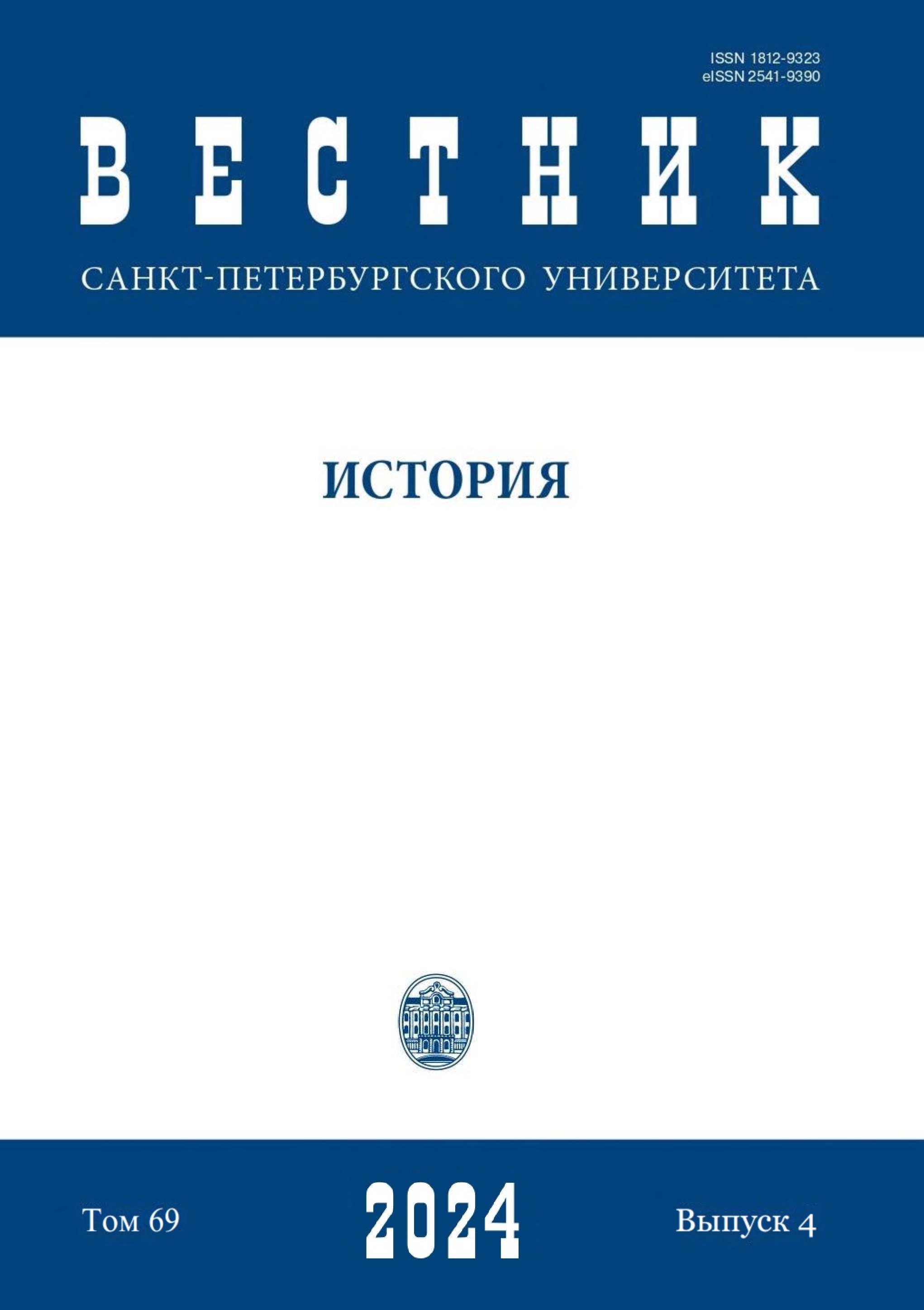The East India Company and Britain’s Interest in Vietnam’s Trading Ports in the early modern period
DOI:
https://doi.org/10.21638/spbu02.2024.405Abstract
Vietnam’s trading port system played a vital role in the pre-modern period from the British perspective. By examining primary sources such as documents from the English East India Company dating back to the 17th century, and English journals, diaries, and memos from the 17th to the 19th centuries, we can see the importance of Vietnam’s trading ports and how the British perceived them differently over three centuries. Initially, the British viewed Vietnam’s trading ports as a means to trade indirectly with Japan and China. However, by the late 18th century, they recognized the critical role these ports played in connecting their colonial system and controlling the sea route linking East Asia and India. As a result, the English focused on trading with ports on the southern coast of Vietnam and gradually moved towards considering Vietnamese trading ports’ political advancement in the region. This article provides a unique insight into the shifting British perception of Vietnam’s trading ports and highlights their commercial and political significance. The growth of the British Empire and its competition with other powers influenced their evaluation of Vietnam’s trading ports. In the first century of the English East India Company, the British concentrated mostly on commerce. However, in the 18th and 19th centuries, they viewed Vietnam from the perspective of a semi-state. This analysis offers an excellent opportunity to understand the significant role Vietnam’s trading ports played in the pre-modern period. It gives us a unique perspective on the British perception of Vietnam’s trading ports, highlighting their commercial and political importance.
Keywords:
British viewpoints about Vietnam, English East India Company, Vietnam’s geopolitical position, Vietnam’s trading ports
Downloads
References
Downloads
Published
How to Cite
Issue
Section
License
Articles of "Vestnik of Saint Petersburg University. History" are open access distributed under the terms of the License Agreement with Saint Petersburg State University, which permits to the authors unrestricted distribution and self-archiving free of charge.





